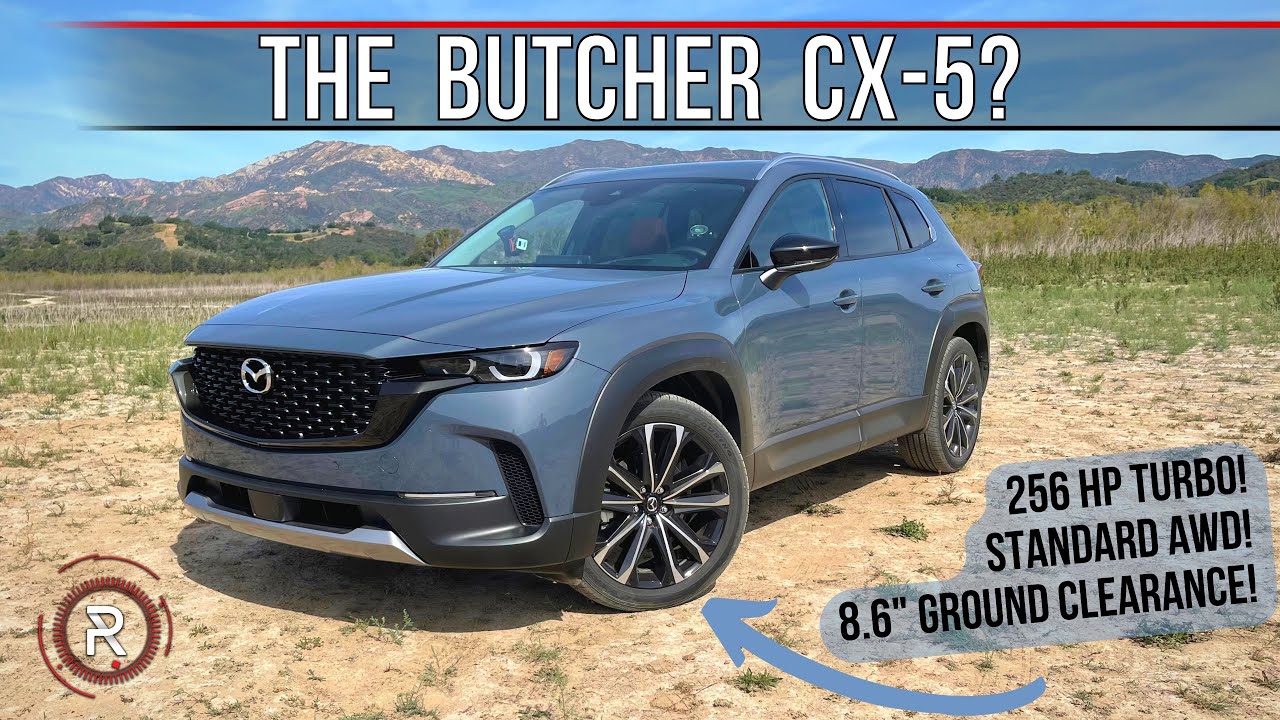Some interesting comments regarding the Alabama Plant. It is interesting that someone from Mazda was chosen to lead the joint plant.

 finance.yahoo.com
finance.yahoo.com
With Toyota as partner, Mazda hopes to jump-start U.S. market
A decade after Mazda Motor's cars disappeared from Ford Motor's factory floors in Michigan, the Japanese automaker is once again building in the United States - this time with compatriot Toyota Motor. When the first Mazda CX-50 crossovers rolled off the assembly line at the joint Alabama plant...
Aihara, a 38-year veteran of Mazda, said his selection to lead the $2.3 billion, 300,000-units-a-year factory was evidence that the learning was mutual.
"Under President (Akio) Toyoda, Toyota is constantly looking to change the way it does things, and I think (by putting me in this position) he was saying, 'If there's something to be learned from Mazda, learn it.'"
BEST PRACTICES
The Huntsville, Alabama factory, which opened last year and is designed to add electric vehicles in future, contains many firsts for Mazda.
MTM tows components from on-site suppliers on linked-up tractors, saving time on loading and unloading from trucks.
The order in which the vehicles are assembled was also streamlined and machinery standardised as much as possible so Mazda and Toyota cars could eventually be built on the same line.
"There were times when we both realised that we were doing things a certain way purely out of habit," Aihara said. "And in some cases, we came up with a hybrid method bringing in techniques from both sides. That's something we wouldn't be able to do at Mazda proper."
The operation hasn't been without its hitches.
A tight labour market has meant the plant is still 900 workers short of the targeted 4,000, keeping it running at one shift instead of two. Mazda wants to boost U.S. sales by about a third to 450,000 by the middle of the decade

